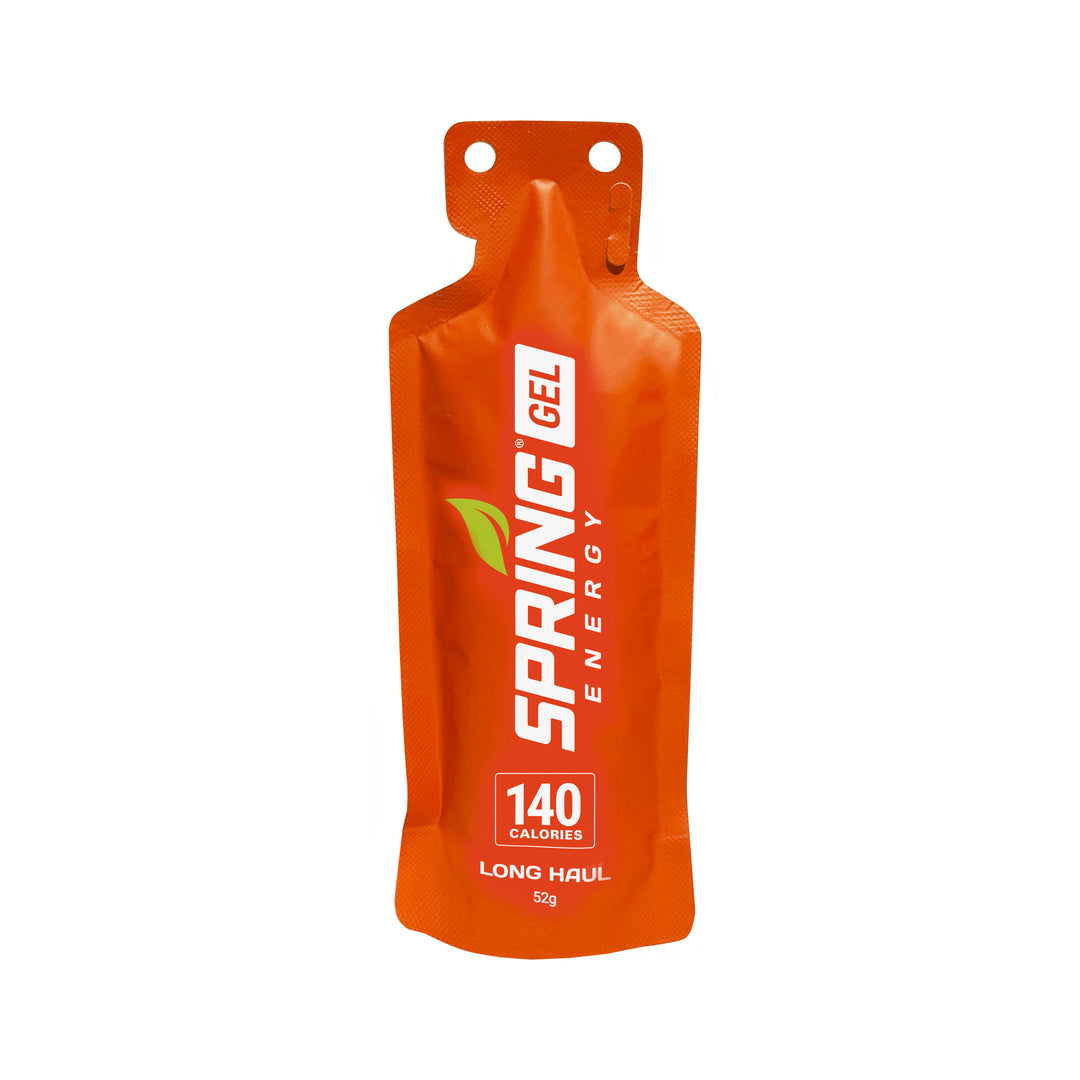Targeting metabolism with diet.

Part I-Carb metabolism
By Rafal Nazarewicz
Changes in your metabolism are one of the most important adaptations to training. Those changes take various directions depending on the type of effort. Diet should be synchronized with training for optimal results.
High-intensity effort (anaerobic) improves your carb processing ability and makes your cells better adapt to lactate handling. (Low-intensity effort will be addressed in another blog post).

Fig. 1. Training metabolic targets. High-intensity anaerobic training stimulates glycolysis as the main source of energy. Low-intensity activities mostly relay on aerobic mitochondrial metabolism.
As the number of enzymes responsible for turning glucose into lactate increases, your muscle cells produce more lactate. This process is known as glycolysis, and it is a source of energy-carrying molecules, ATP. ATP generated by glycolysis is used by muscle cells to create force. To put it in a simplistic way, the more ATP you generate, the faster and further you can go.
At the same time, lactate accumulation in the muscles limits your ability to exercise. Thus your muscle needs to adapt to higher lactate levels and make lactate metabolism more efficient. Some systems are designed to neutralize lactate and turn it back to glucose (a process known as gluconeogenesis). As you train, your body becomes more and more efficient in turning lactate into glucose and buffering lactic acid.
We feed this metabolic system by providing glucose as a substrate. Glucose comes from two primary sources in our cells, glucose storage (glycogen), and diet provided carbs. We can control our diet composition to make sure enough carbs are delivered to our system. High-intensity training takes care of glycogen storing capacity. As you train, your muscles increase to process more carbs and store them in the form of glycogen, which in turn increases the ability to generate more ATP through glycolysis.

Fig. 2. Targeting metabolism with food. Nutrients in food are digested, absorbed, and transported to cells. Glucose from carbohydrates feeds glycolysis (multiple-step enzymatic process), which generates lactate. The pace of this process and the number of glycolytic enzymes are regulated by anaerobic training. Glycolysis produces ATP, a molecule that carries energy for muscle contraction.
Knowing the above, biochemists came up with an idea of fueling with glucose and glucose polymers (maltodextrin). While glucose is a metabolite used by your muscle cells, eating glucose appeared not to be an optimal solution. This simplistic approach to nutrition and feeding athletes with sugar and dextrins completely ignores the human body as a system. Ingredients in our diet do not make their way directly to muscle cells. Instead, they are processed, digested, absorbed, and transported to cells. It is a long and complex process that is dependent on diet composition. We have learned that fueling with sugars creates more problems than it solves, just to name a few; sugars cause digestive system distress, inability to absorb stomach content, dehydration, small intestine inflammation, and increased gut permeability, immune cell activation.
Importantly, the makeup of our diet impacts all the organs and systems in our bodies. A lot of them have long-lasting effects. Most of the athletes desire to be sustainable and be able to enjoy their sports for many years. Diet is an essential element in the plan to build a resistant body that can withstand many years of repeated stress.
Among all micronutrients, sugars seem to be the most harmful substances for our cells. The human race evolved for tens of thousands of years without significant sources of pure sugar in natural food. This could explain why our body, in general, doesn't handle sugars very well. From the food intake regulation to metabolic responses, our body reacts to sugars as if they were unknown and causing dysregulation.
Modern food manufacturing generated highly processed sugar rich-products, which, in the long run, cause a lot of harm to our system. While fulfilling energy needs or feeling satisfied is vital for athletes, it should not be the primary determinant of dietary choices. Keep in mind a larger picture, long term effects.
What can you help with your diet?
- Make sure to keep the flow of carbs. Eat before, during, and after your workouts.
- Keep a diverse source of carbs. Your diet should be rich in complex and simple carbs.
- Limit sugar in your diet. While glucose is a direct metabolite for muscles eating sugars has numerous detrimental effects on your body. Highly concentrated sugar is a foreign substance for your body. Limit sugars to 15g per day! Be smart, think LONGEVITY!
- Consider eating more in everyday diet
- unprocessed grains such as rolled oats,
- brown or Basmati rice, spaghetti
- whole wheat bread,
- quinoa, cuscus
- legumes,
- roots such as sweet potatoes, carrots, beets
- oranges, banana, apples, plums, grapes,
- Canaberry, Long Haul, Power Rush and Hill Aid are a great source of mixed carbs
- Keep in mind that food manufacturers frequently add a lot of sugar to products that you may not expect (yogurts, bread, cereals).
- Read labels and educate yourself as some companies try to hide sugar content on the ingredient list by using maltose, maltodextrins, dextrins, dextrose, cane juice, beet sugar, evaporated cane juice







This is excellent. Can would you be able to do a blog on immunity?
My immunity takes a beating when my running miles and or exercise log gets fuller. Food seems to ‘fast track’ thru my body and I know I am not functioning well.
I have heard other runners complain about this issue but at some point it gets serious.
Thanks in advance
Cindy Scott
Leave a comment